Search engine positioning is crucial for Google ranking because it determines the visibility and accessibility of a website in search engine results pages (SERPs).
A higher position in the search results increases the chances of attracting organic traffic and potential customers. Effective search engine positioning involves optimizing the website's content, structure, and relevance to relevant keywords, ultimately improving its ranking and online presence.
In this article, you'll learn:
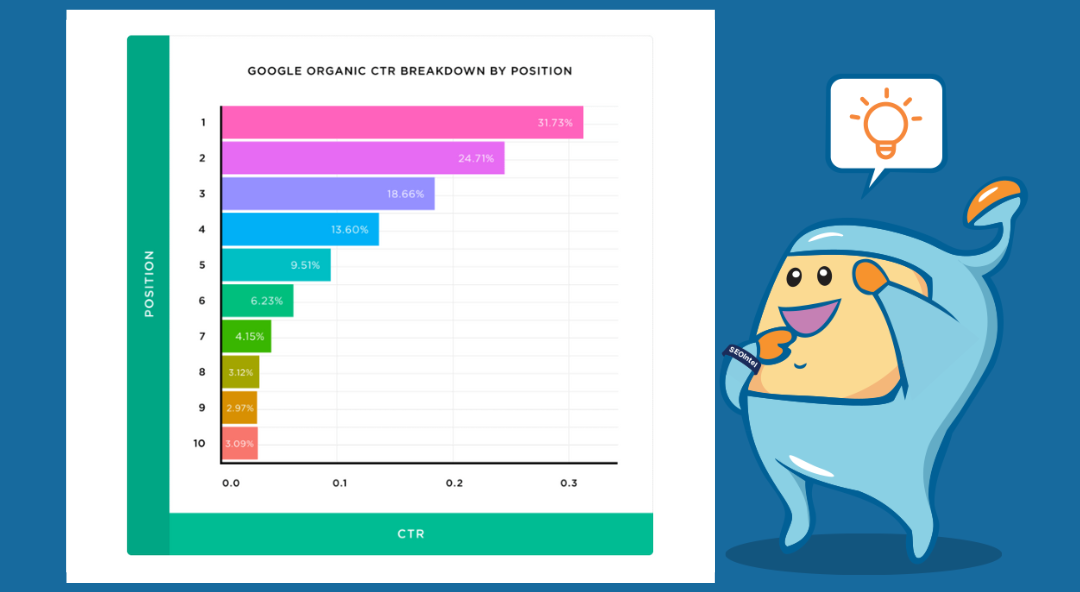
Search engine positioning is the process of continuously optimizing web pages in order to achieve higher (or more numerous) higher rankings in search engines for specific keywords.
If you have a page that you have published that isn't performing well for the primary keyword SERP (search engine result page) or multiple related keywords, you would do more optimization for search engines to that page. This is search engine positioning.
It is often a process that is overlooked for individual pages once they rank and this neglect is often the number one cause of ranking drops today.
You wanted your page to rank #1, so do the 599 webmasters under you in the search results, they won't stop working their search engine positioning strategy, and neither should you.
Since the advent of search engines business owners and webmasters have been trying to obtain the best possible positioning in search engine rankings for their websites because the organic search traffic is self-qualifying and users have a higher purchase intent than any other form of advertising.
Google and Bing understand this, which is why they have a pay-per-click advertising model, to marry users with business owners while making a significant profit at the same time.
For SEOs, this means that the top-ranking positions are having to compete with ad blocks in the search results lowering their click-through rate (CTR). SEOs adapted to the ad blocks rather well writing better title tags and meta descriptions to compete with advertising.
Then Google and Bing started changing those two areas of the SERPs (search engine results page) with machine learning and the CTRs of the highest-ranking positions started to drop.
Add in rich snippet features like People Also Ask, People Also Search, Featured Snippets, Google Business Profile maps, image carousels, and video carousels, and the number one ranking position isn't as valuable as it once was. 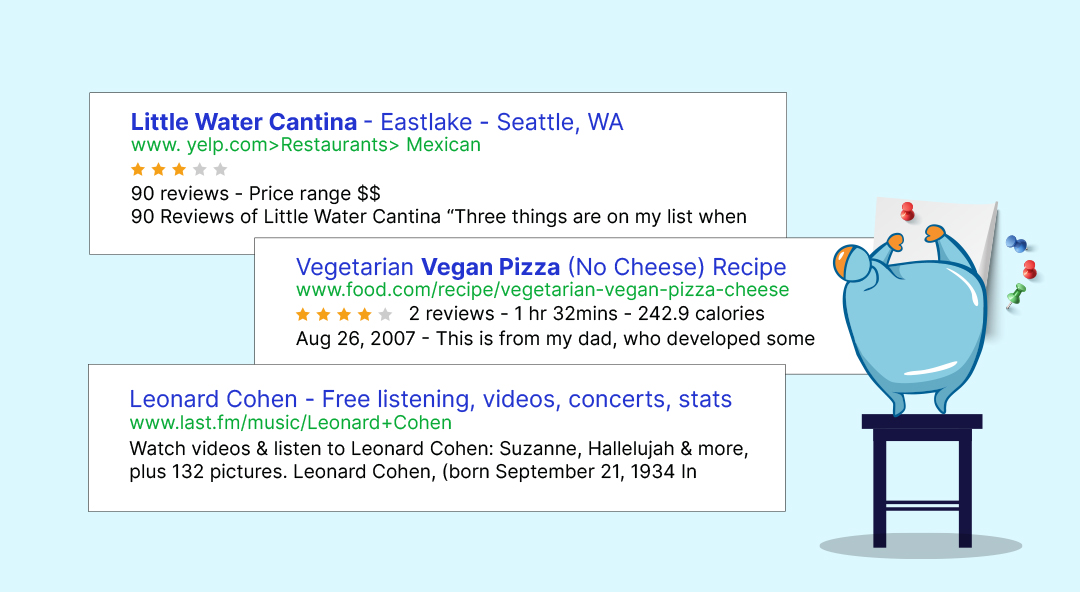
This was all by design.
If users are not clicking the ads, then Google has users clicking rich snippets highlighting relevant keywords that take them to other search features or directly to passages on preferred sites to end the search as quickly as possible.
All of these features significantly changed the click-through rates of the organic search listings, as well as, modified the behaviors of searches in local markets.
In particular, Google has Google Maps front and center in local relevant searches, second only to Google Ads. This has made the local "3-pack" of maps that Google often displays the most valuable real estate in the relevant search results.
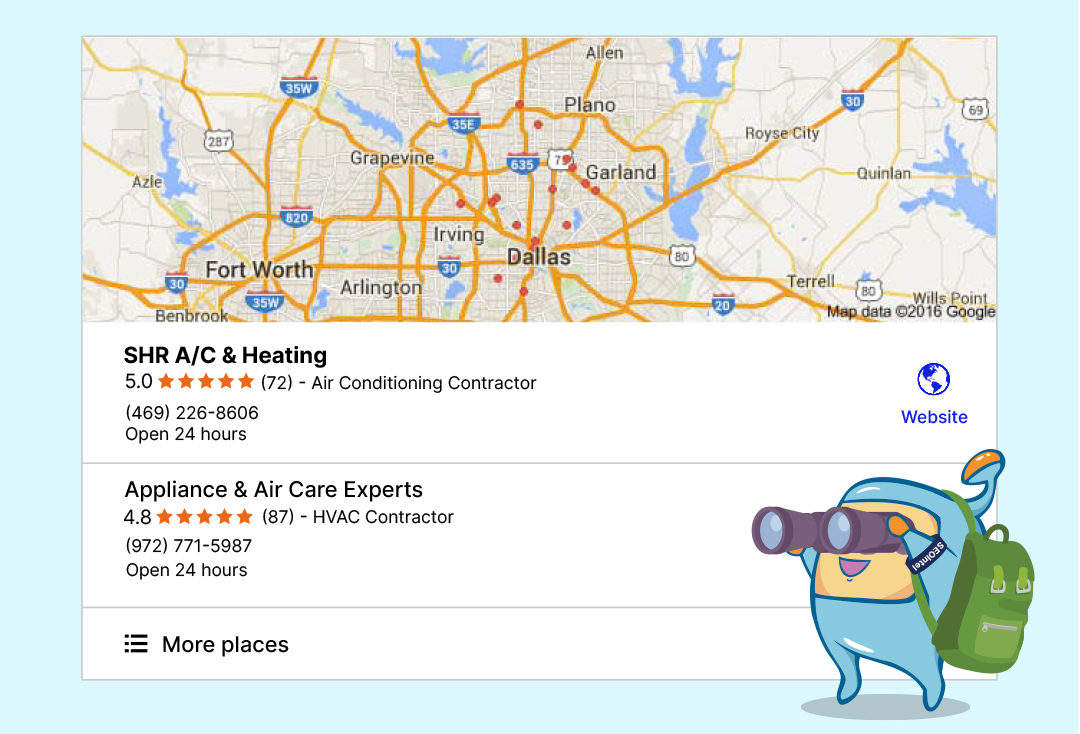
And with Google's search engine algorithms showing mainly directories in the organic results, this increases the CTR for Ads, maps, and real local businesses that are often relegated to page 2.
The long-tail keyword is not immune to the reduced CTR from rich snippets modifying organic positioning on the page anymore either. Before, when a head keyword with a high monthly search volume was too competitive SEOs would focus on long-tail terms with less competition.
They could find these terms during their keyword research or inside of Google Search Console where related queries are often highlighted.
Today, marketing agencies are finding that these long-tail target keywords often have featured snippets pushing down the number one position in search results and they have to compete with the major search engines for the organic search traffic that was already limited in the first place.
Now, more than ever, business owners and the SEOs that serve them are having to work harder for that primary focus keyword search engine ranking.
The constant changes to the search results themselves, the constant changes the competition is making, and the constant changes in user intent require a business to add a search engine positioning strategy to their SEO strategy and digital marketing plan.
Google uses 200+ known ranking factors for its algorithm.
The good news is that you don’t need to master everything to have SEO success. In fact, learn the handful of ranking factors to have the biggest impact.
If you don't understand why this site is ranking higher for this search query in Google than yours, your content is better, your sites faster, they have a bad user experience and you just don't get it, the answer is oftentimes content optimization.
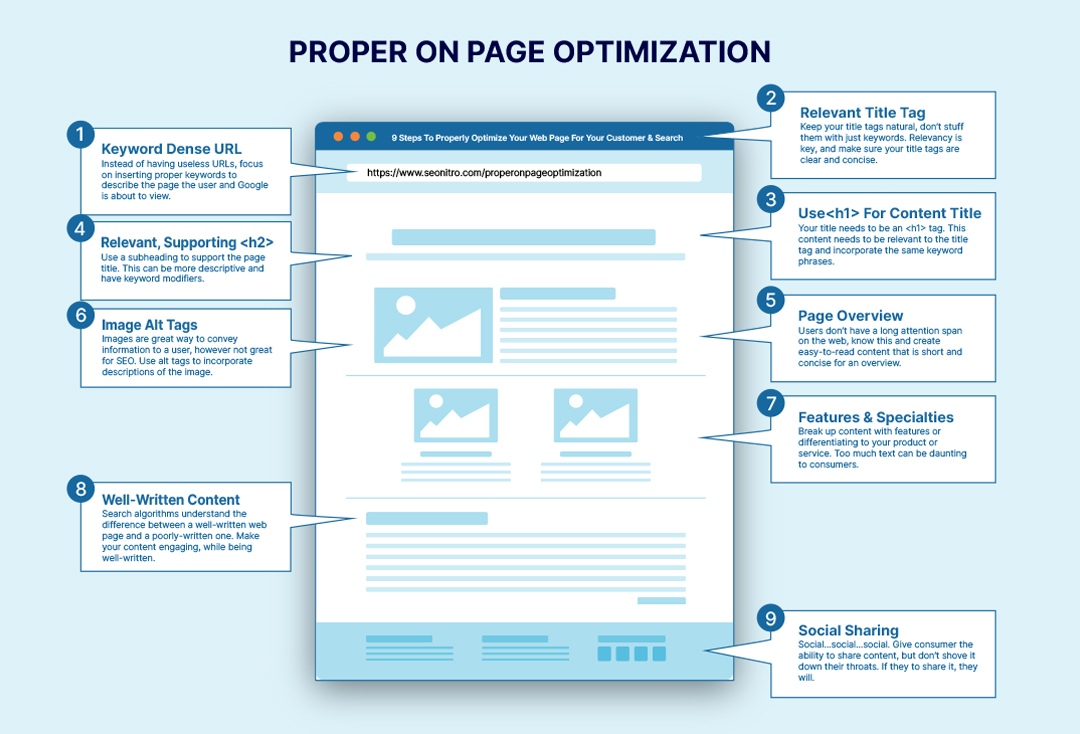
Content providers work hard on their content calendar to create new relevant content that helps them become a topical authority in their niche. Once written they tend to look at their organic search traffic and get focused on things like bounce rate and conversion rate.
This isn't inherently a bad thing, after all, content marketing that doesn't convert is just as useless as content that doesn't rank.
However, webmasters and SEOs need to account for changes in the competition and what they are doing to beat your newfound number one ranking position.
They could be targeting keyword density, they could be leveraging entities more, they could be optimizing their headings into a better outline than you.
All of these things are things you can look at to re-optimize your content to maximize your positions and maintain them.
Interlinking your web pages does a few things for your website.
1) Internal links help you form an internal content structure that builds the topical authority of your website to increase the overall rankings of your web pages.
2) Increases the crawlability for search engines for better indexing.
3) It helps improve the user experience for your site visitors thus increasing the potential of getting the conversion.
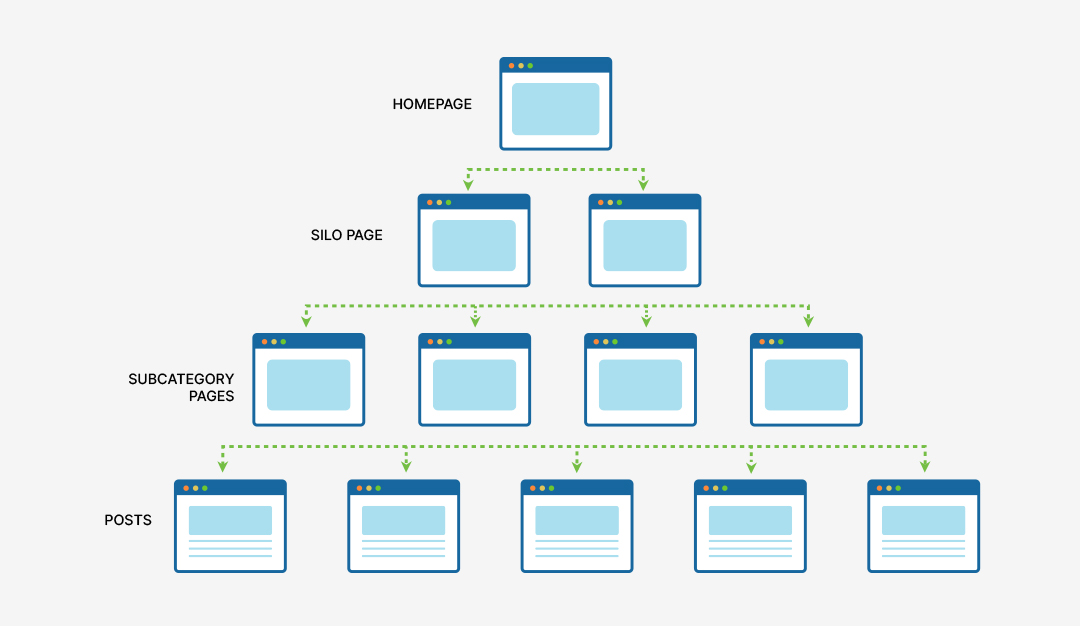
Go through your existing content and see if there are any opportunities to add links on appropriate pages to the content you’re trying to improve. This will leverage other authority pages of your website and the external linking those pages have received.
If you are not using silos in your content marketing plan, this would be a good time to look at your existing content and create them via internal linking.
Click-through rate is starting to slip of the organic search results because of featured snippets and rich snippets in the search engines. Search engine marketing is having to adapt to these changes on a daily basis.
Market leaders are finding snippets like featured images, People Also Ask, and featured snippets are allowing them to recapture at least some of their traffic. Image SEO techniques are one thing you can do to optimize for the image carousel.
HTML tables on your web page could potentially help you capture a table featured snippet.
Adding frequently asked questions to your page could help you gain an FAQ display feature under your search result, potentially improving your CTR when done along with a meta description change.
Just because Google is using machine learning to change meta content like title and description, doesn't mean there are not things you can do to help it select better ones, like changing your H1 tags for instance.
All of these snippets are designed to keep your target market on the search results, it's your job as a business owner or SEO to entice them off it and onto your website.
With the integration of machine learning, natural language processing, and artificial intelligence into the algorithms, structured data markup has gained importance in SEO. However, very few people have recognized the true power of schema, which is to your benefit.
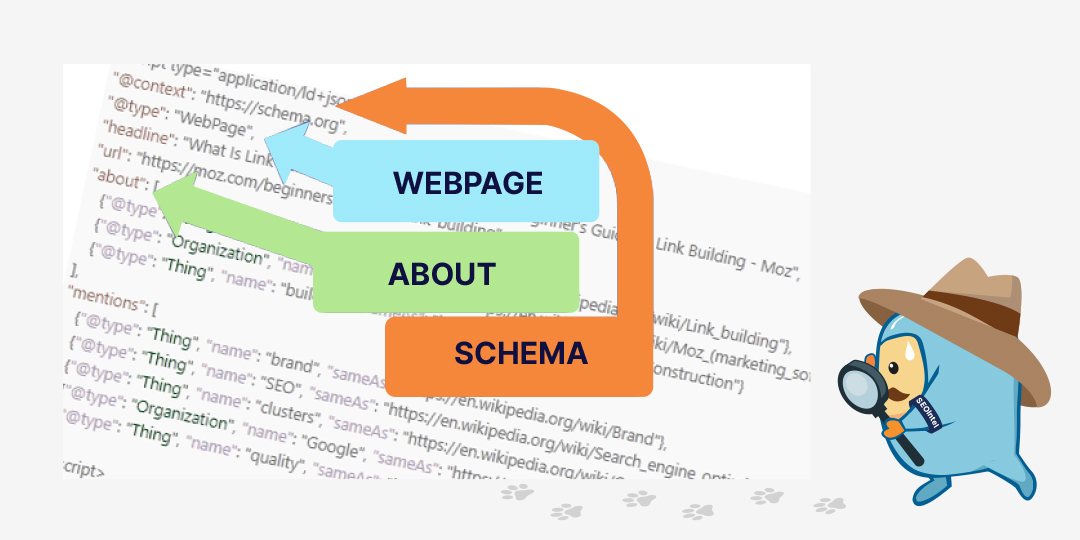
Typically, structured data is looked at as a means to gain rich snippets in the SERPs, this hasn't been any more true since Google shut down their Structured Data Testing Tool in favor of their Rich Snippets Testing Tool.
But smart SEOs know that properly optimized advanced schema can influence rankings and factor into machine learning's understanding of the topics of a web page.
Going beyond the idea of keyword metadata, keyword stuffing, and snippets, the advanced schema will help pinpoint exactly what a page is about, what's mentioned in the content, who published it, who wrote it, and why they should be considered an authority on the topic.
Websites in the medical niche were the first to see authority become an important part of the algorithm with the "Medic Update" and advanced schema is one way to navigate that.
Ever since Google released the Google Penguin update to combat link building and anchor text spam, people have been taught to fear link building as a method to rank web pages.
At the same time, the people who were perpetuating this fear have been slowly (and effectively) building links to their own websites in the background overtaking websites that have SEOs or business owners heeding their advice.
Links are still one of the main external factors that Google brings to the table that made their search results stand out over the likes of old search engines like Excite or Alta Vista.
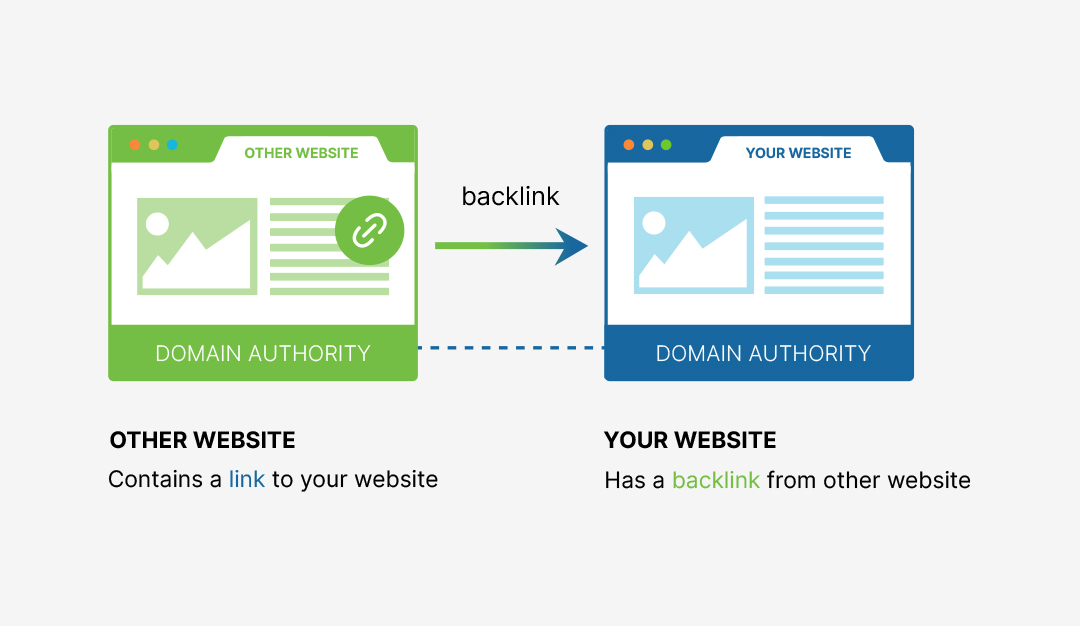
PageRank, a measurement of the website based mainly on backlinks, is still in use today and until someone invents a technology that can sort content on its own to determine topical authority and quality without any human bias whatsoever, links will remain important in SEO.
Going beyond concepts like Moz's domain authority, or Ahrefs domain ratings, we want to get links to our web pages from relevant authority websites. This is often time easier said than done however because webmasters are monetizing their sites more and more by selling backlinks.
And let's face it, some markets are just hard to get links for "naturally". When was the last time you built a link to your favorite plumber's website?
So as an SEO or business owner you need to leverage platforms like social media, web 2.0's, guest posting, press releases, outreach for unlinked brand mentions, and more to build links as part of your marketing strategy.
Call it Digital PR if it makes you feel better about link building, but build links you must.
If you plan on bringing your product or service to the top of your market you have to have a plan for search engine positioning in your SEO strategy to keep it there.
Everything from re-optimizing your content, building internal links, obtaining quality backlinks with properly optimized anchor text, to optimizing page loads for page speed and a good user experience are all moving targets that need to be looked at from time to time.
You should always keep the above things in mind while looking at your digital landscape and re-evaluating your needs.
It's all part of the digital marketing journey and the challenge that makes search engine optimization exciting.